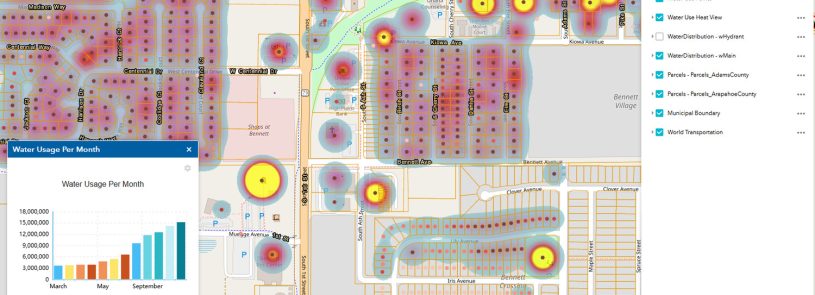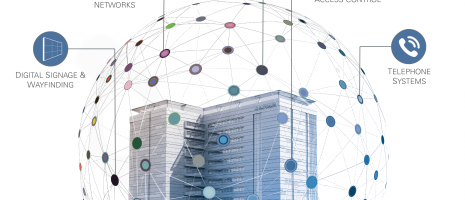Using GIS for data sharing can improve organization workflows

By Trip McLaughlin
When it comes to storing, analyzing, visualizing, and sharing spatial data between departments, GIS – or “geographic information system” – tools are the way to go. Oftentimes, municipalities, public works, and utilities need a tool to track assets, manage work orders, and plan capital improvements seamlessly.
GIS can be used for asset and cadastral (property boundaries and real estate) management as well as associating tabular information with spatial data, like when an economic development office uses location intelligence to visualize and analyze business and community growth potential through combined data about demographics, lifestyle, and spending.
Many new and exciting GIS opportunities are advancing the technology’s capabilities, including the ability to work in a true digital twin in which a 3D space is utilized and sensors are integrated with GIS to provide data in real-time. This is done through a variety of products such as ArcGIS Indoors, GeoEvent Server, and other applications that are reasonably new to GIS. Watching GIS grow into a system of systems—even in smaller communities—and becoming the central hub to access information is very encouraging.
But getting organizations to adopt GIS into their workflows and budgets can be a challenge. Though the tool can greatly improve efficiency (it can help utilities work together to see where work is planned so they don’t do the same job twice), boards and councils often don’t understand the power of GIS and are slow to commit funds initially to accomplish their goals. The governing bodies that do understand the opportunities with GIS, however, are tapping into a resource that provides a central hub for their data and applications.
An important goal in the design, construction, and implementation of any GIS and/or asset management system is to improve organizational efficiencies. To accomplish this, the GIS consultant must understand not only the owner’s GIS needs, but also their user base, workflows, and overall organization. This knowledge is critical for the designer to be able to provide the best advice and for the client to receive the best methodology to meet their goals.












